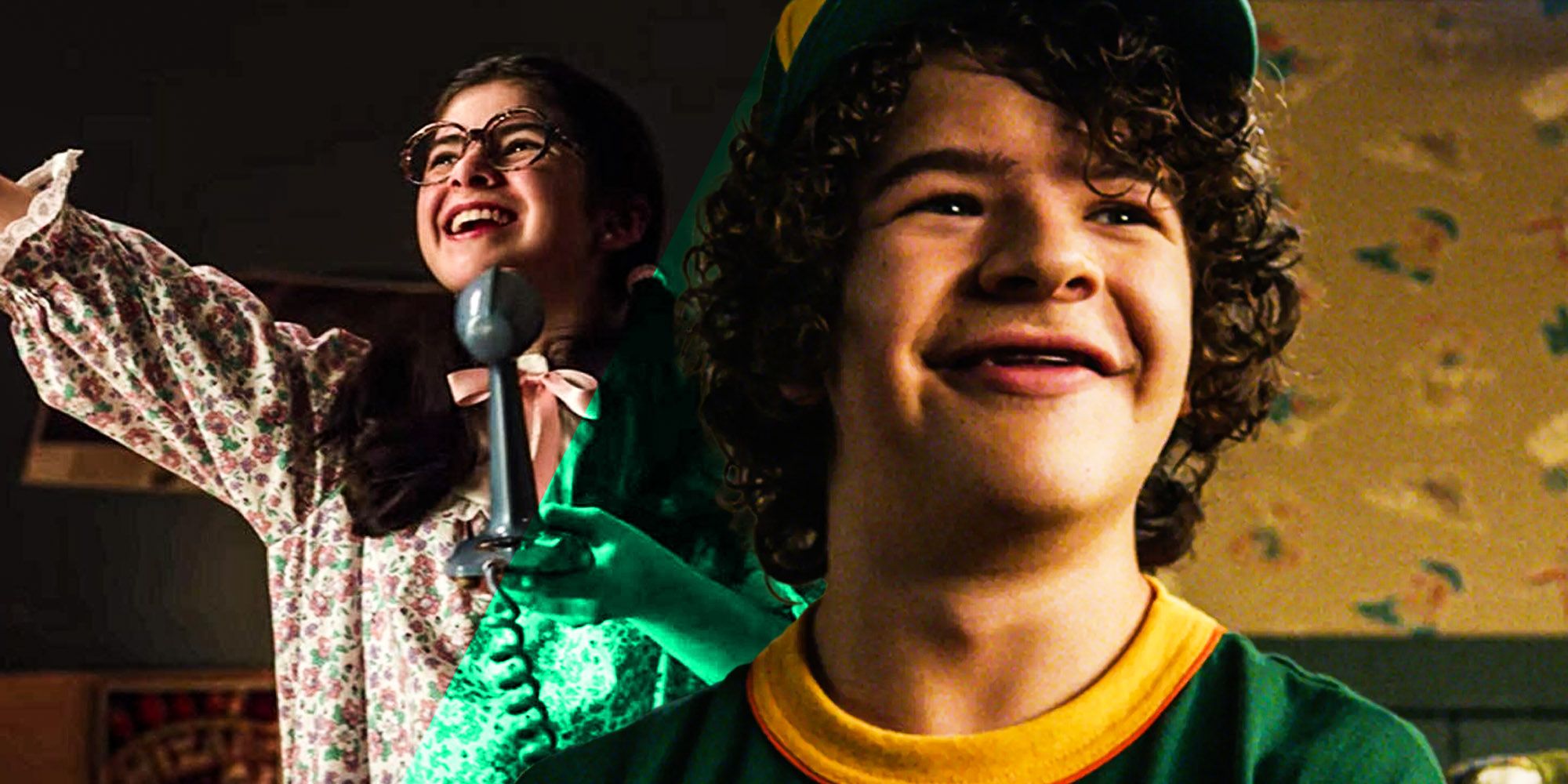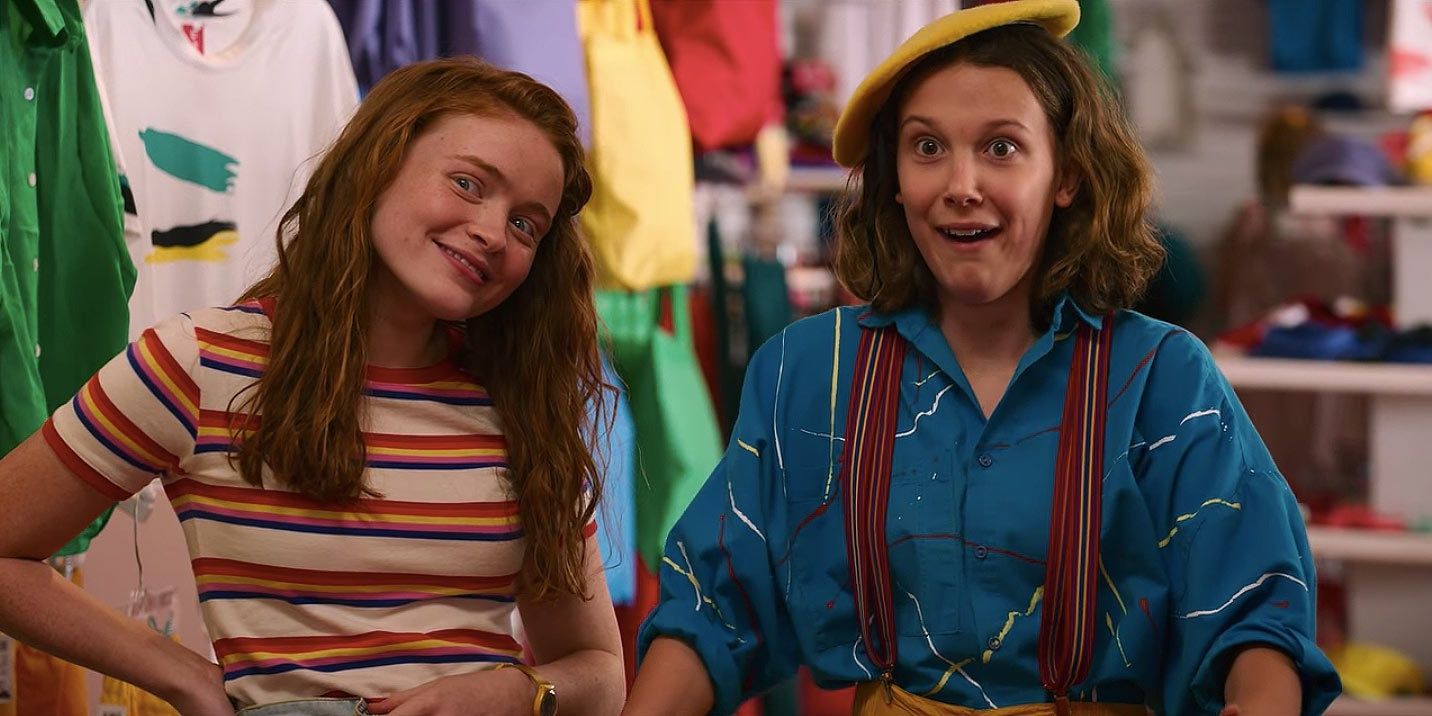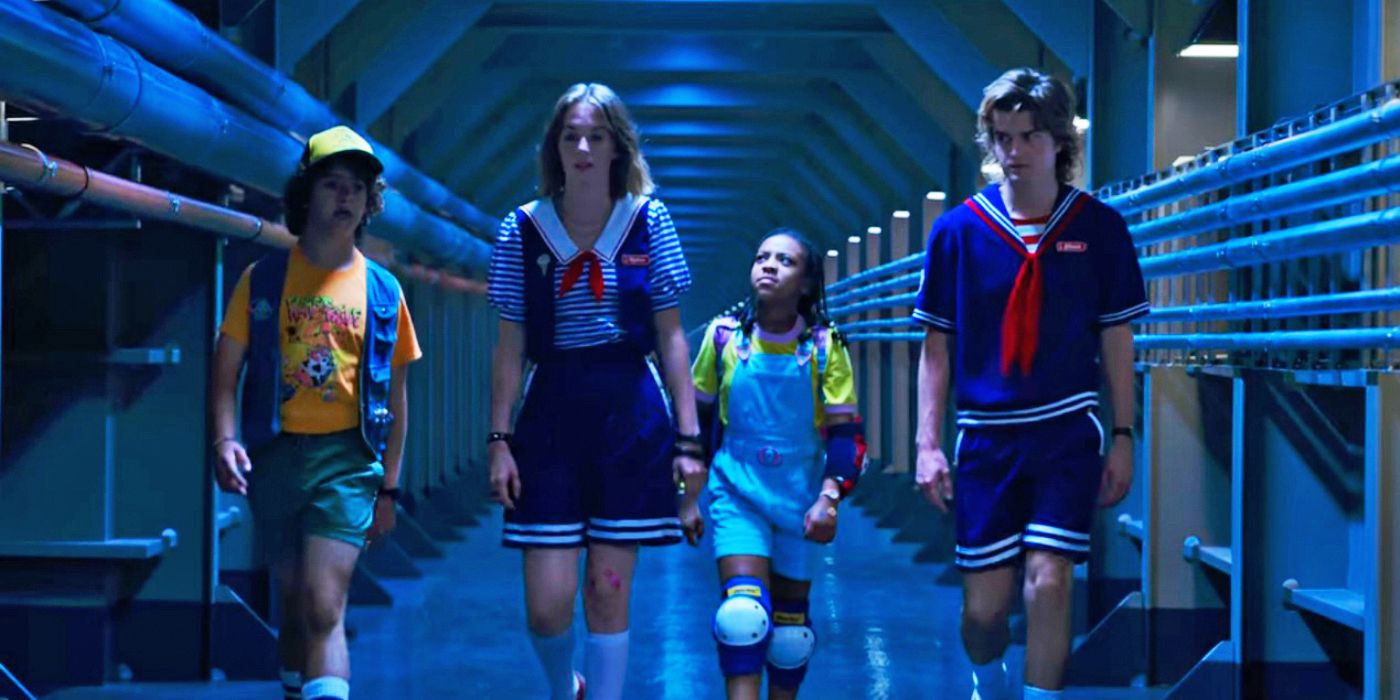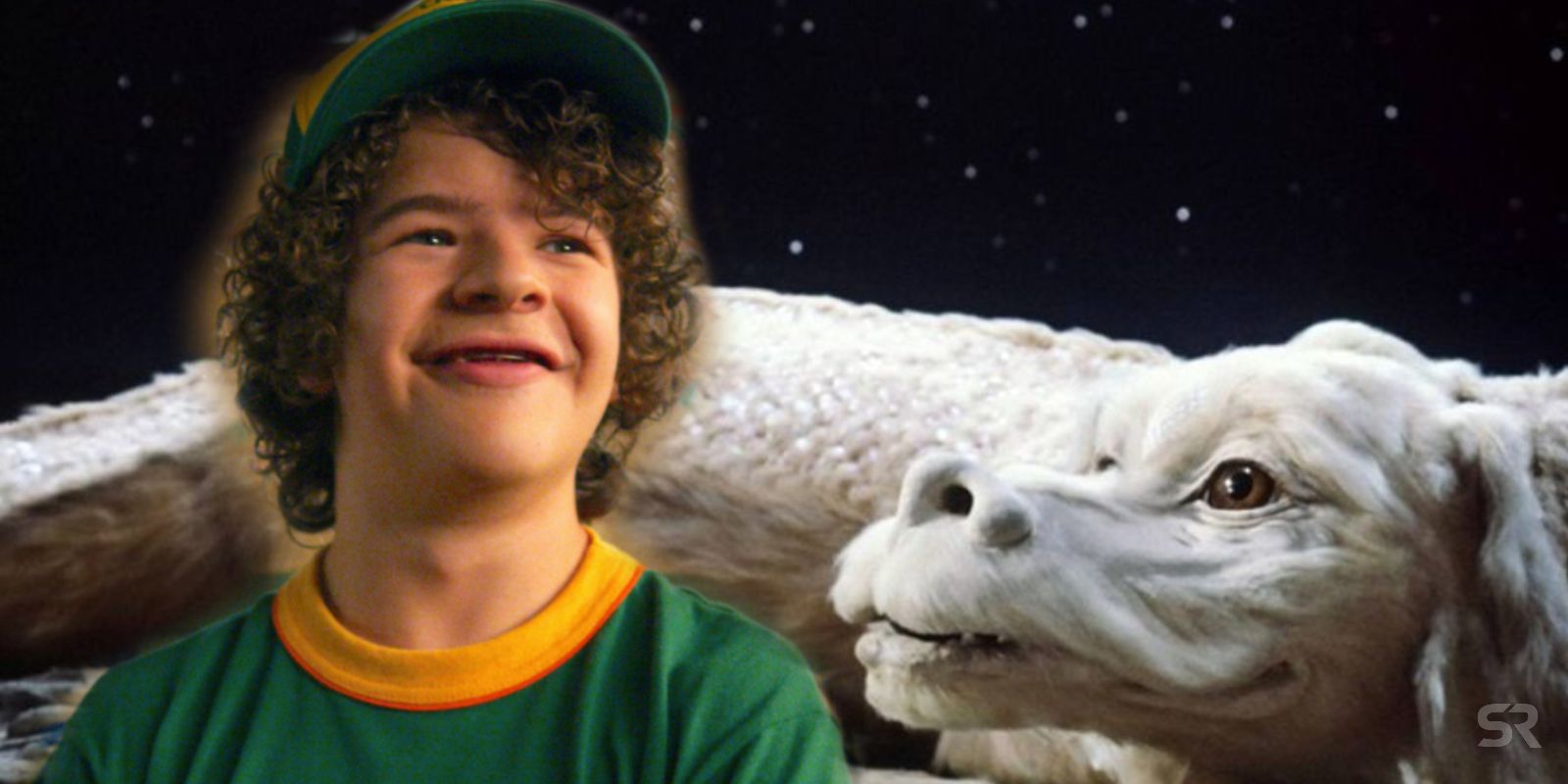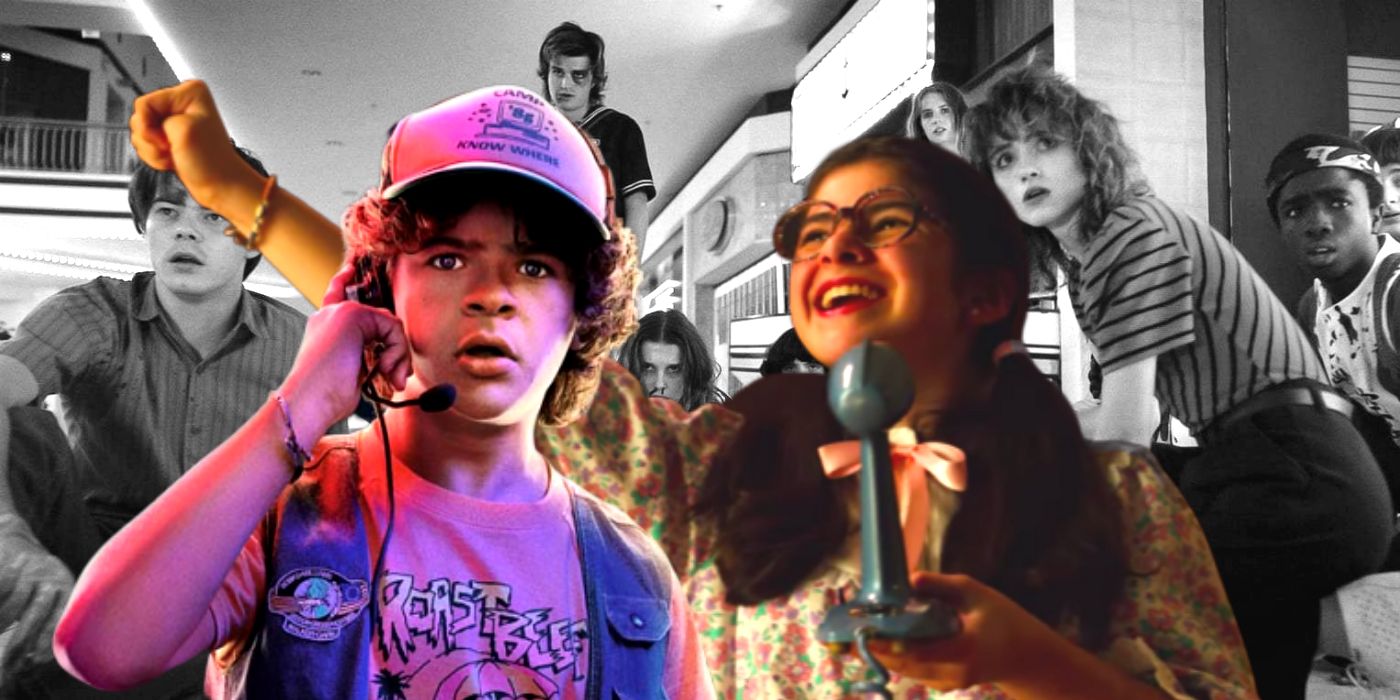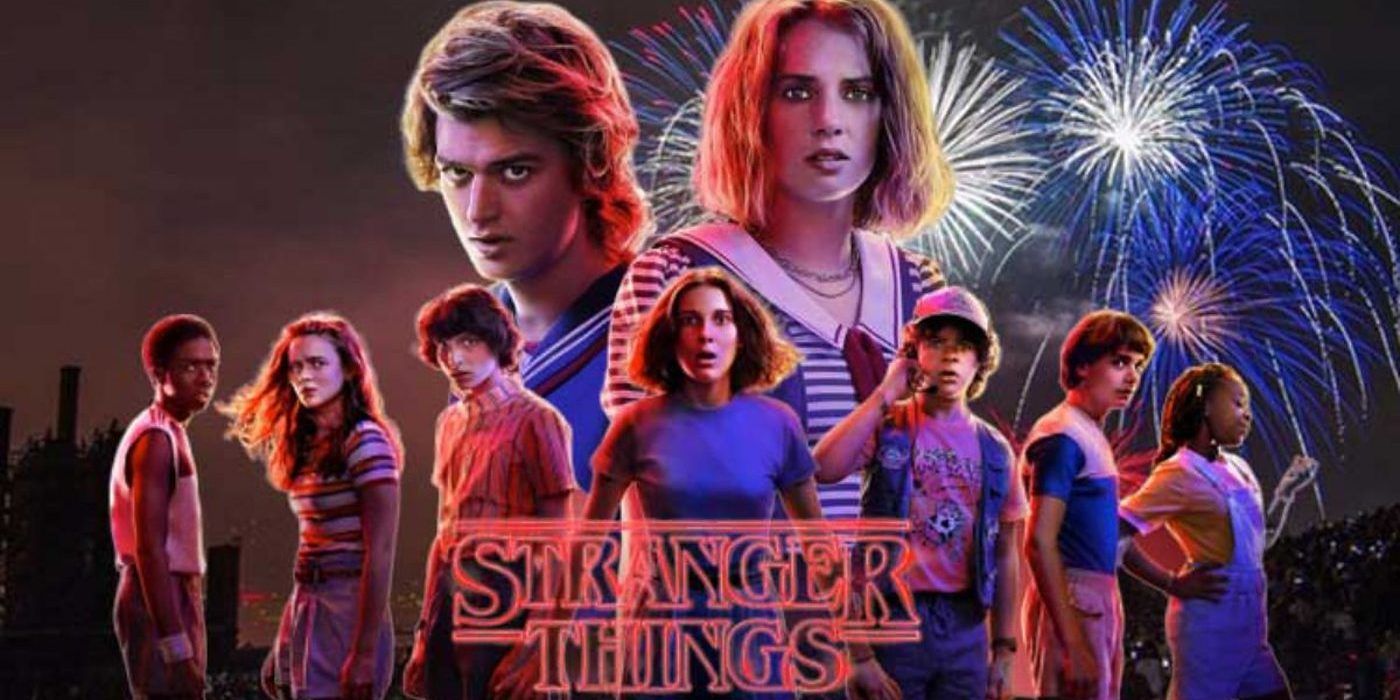The viral moment in Stranger Things season 3 that saw Dustin and his estranged girlfriend duet Limahl’s The Neverending Story title song during a life-or-death chase was a perfect encapsulation of both of the show’s appeal and its greatest weaknesses. Debuting in mid-2016, Stranger Things soon became an outsized hit for streaming service Netflix, and it is not hard to see why fans flocked to the series from Hidden directors the Duffer Brothers.
A unique combination of horror, sci-fi, and coming-of-age dramedy, Stranger Things took influence from Stephen King and Steven Spielberg alike in its tale of a small-town hiding a big mystery and the tenacious kids out to uncover it. The show won acclaim thanks to its involving central mystery, stellar performances from its multi-generational cast, and the '80s nostalgia that subsequent seasons of Stranger Things could gradually grow to rely on more and more.
However, not everything about Stranger Things won over fans and critics, with some subplots such as the revelation of Eleven’s secret “sister” Kali leaving viewers underwhelmed. By and large, though, the series has gone from strength to strength, even earning a viral hit with its season 3 homage to the ‘80s kids classic The Neverending Story. The scene, which takes place during the Mind Flayer’s climactic pursuit of the cast to the Starcourt Mall, was one of the season 3’s finales many nods to '80s movies, but despite (or because of) its popularity, the sequence illustrates an issue that has plagued Stranger Things since season 3 began.
Stranger Things 3 Jumped The Shark
With a faster-paced plot, more ‘80s nostalgia, and added comic relief, season 2 of Stranger Things built on the appeal of the first season admirably, jettisoning the dark tone and solemn moments in favor of a more fun but still scary, slow-burn approach. The third season, though, brought with an entire sequence recreating Phoebe Cates’ iconic Fast Times At Ridgemont High entrance, a shopping montage set to Madonna’s "Material Girl," and, with the addition of Erica, a comic relief within Dustin and Steve’s subplot (which was itself already intended to be the season’s comic relief). Jumping the shark is always subjective, but as it was both cluttered and lacking impact, it’s hard to argue that season 3 of Stranger Things didn’t suffer from too much of a good thing— much like the Fonz’s infamous ability to jet-ski over a shark made him a little too cool to be believable even in the over-the-top milieu of Happy Days.
Stranger Things' Biggest Season 3 Problem Was Too Much Fun
Netflix’s official upload of the show's Neverending Story scene is currently the most popular Stranger Things video on Youtube, with a total of over 36 million views. For comparison, the show’s season 1 trailer (which has been online two years longer) has just over four million views, while the scene where Eleven tearfully reads Hopper’s letter to her after his apparent death has a mere 2.2 million. The only other videos whose success comes close to that of the Dustin/Suzy duet in terms of viral staying power are a montage of Mike and Eleven’s relationship that earned eight million views, but this is dwarfed by the 20 million views earned by an unofficial upload of the scene wherein Lucas and Max jokingly sing the Neverending Story theme song to Dustin. It is obvious to anyone chasing algorithmic success that the goofy moment and its follow-up are standout successes from Stranger Things season 3, and with no season 2 equivalent scene going viral, it is fair for fans to ask, what’s wrong with creating these sort of viral moments?
The answer is that the scene itself is not the issue, but rather trying to write in fun moments dragged down the tone of season 3 more broadly. The idea of a small-town bully being the conduit for a recreation of Invasion of the Body Snatchers is an intriguing one, and Dacre Montgomery’s antagonist Billy had already proven himself threatening and engaging in season 2. But how invested would viewers get in Billy’s body-snatching plot when Hopper was busy being chased by a Soviet assassin at the same time? Meanwhile, Dustin and Steve’s KGB-uncovering shenanigans could have been an effective bit of comic relief if they were contrasted with the more dramatic story of Mike and Eleven breaking up. Instead, the pair’s plot was lost amongst the on-again/off-again romances of both Mike and El and Max and Lucas, not to mention the pointless subplot of Jonathan and Nancy uncovering a vast conspiracy but being thwarted by the local paper, as well as the addition of a turncoat former Soviet spy to the mix. Season 3 of Stranger Things saw the show devote entire subplots to referencing James Cameron’s original The Terminator, John Carpenter’s The Thing, The Blob, ‘80s Cold War paranoia, and Invasion of the Body Snatchers where any one of these stories could have carried the season alone.
The Neverending Story Scene Was A Homage Without Purpose
In its early seasons, Stranger Things was undeniably full of homages to ‘80s pop culture properties. However, these nods (no matter how blatant) were carefully integrated into the show’s themes and story. Eleven’s telepathy owed a debt to Firestarter and Scanners, but season 1 of Stranger Things touched on themes of lost innocence and distrust in authority and institutions that the Stephen King classic and David Cronenberg sci-fi movie were both built around. In contrast, there’s no theme in the surrounding season of Stranger Things that the Limahl duet touches on, funny as the scene may be.
Dustin and Suzy’s Duet Threw Off The Finale’s Tone
It’s humorless to even note this — the singing sequence is very funny and extremely unexpected, and that is enough reason to justify its existence. But Dusty Bun duetting to Limahl grinds the action of the season 3 finale to a halt and saps the surrounding scenes of any tension, meaning many subsequent moments — Billy’s death! Hopper’s sacrifice! — come with an unavoidable sense that the episode’s tone is all over the place. This dissonance was encapsulated by a recent article asking whether Suzy’s singalong was indirectly responsible for Billy’s redemptive death — maybe not, but the fact that it’s a reasonable question shows that the series is constantly switching gears from deadly serious to goofy and fun, meaning it's hard to believe Hopper will stay dead for good when mere moments earlier he was shaking his head at Dustin's soprano skills.
What This Means For Season 4
Stranger Things could continue its trend toward sillier, more over-the-top territory in its upcoming season 4, but the cast’s recent assurance that this season will be the darkest yet means have likely (hopefully) seen the last of the Limahl singalongs. In any case, Stranger Things needs to pick a tone and stick with it, be it goofy Ghostbusters-style comedy-heavy action or darker, more self-serious sci-fi horror, lest the series continue bounding between silly viral moments and sudden downbeat tonal swerves.

